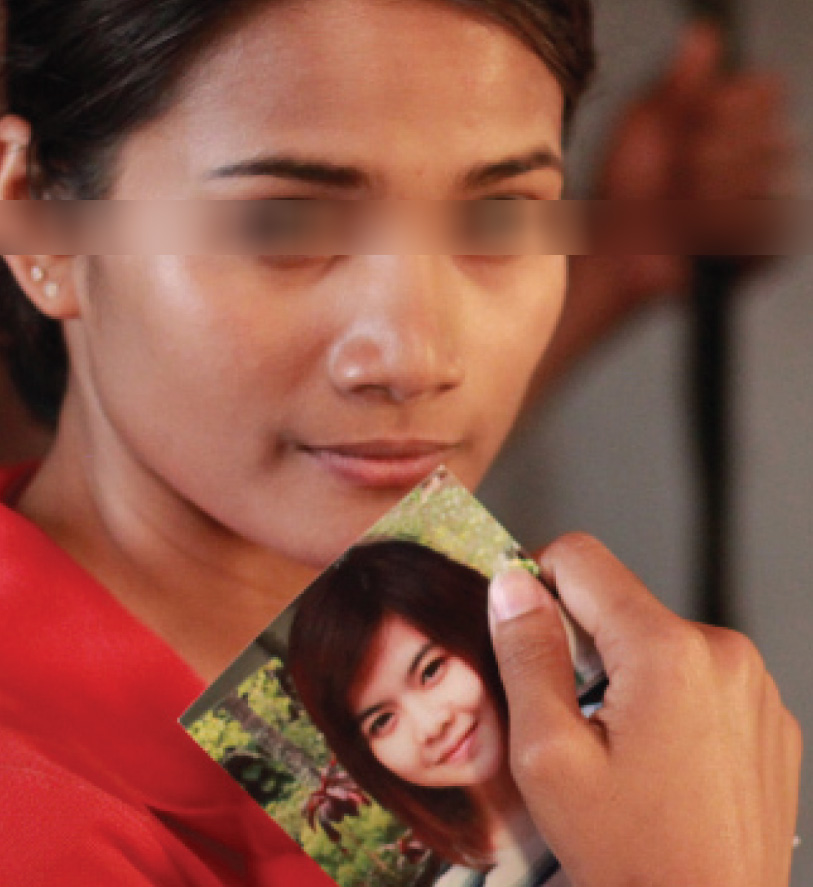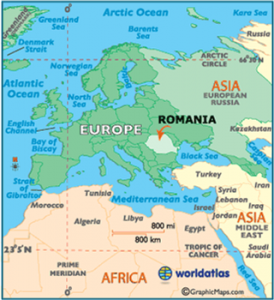Global Hand Match Helps Fight Human Trafficking
When we think of ‘slavery’, we easily picture 18th century shiploads of people in appalling conditions, or Roman captives under a merciless whip.
It is tempting to think the issue of ‘slavery’ belongs to yesteryear. Yet, extraordinarily, the world has, today, more slaves than it has ever known before.
One hot spot is Romania where many are lured by the offer of work in other countries only to find, upon arrival, they have been sold into the sex trade or other ‘forced labour’.
Romania is a tragic ‘trifecta’: a source, transit and a destination country for human trafficking. Global Hand saw a unique match come about when an Australian research organisation, Social Compass, wanted to help.
They used the Global Hand website to offer pro bono research and evaluation for any NGO working in the field of sex trafficking. The offer was snapped up by Romanian NGO Pro Prietenia Arad, who does indeed serve people tangled up in such heart-breaking situations.
The two parties are now working together to see research that will bring freedom to some of those who are trapped by this modern tragedy.

Romania Snapshot
Population: 21.77 million
Capital: Bucharest
Population below national poverty line of US$3.50 per day: 21.5%
Infant mortality rates are among the highest in Europe. Access to health care is not commonly available for the poor.
Based on GDP stats, Romania is the 9th poorest country in Europe out of 50, with an average income of USD 12.80 per person.
Thailand: A tale of two cities
In one part of Thailand, there's a thriving, bustling Bangkok hospital. They're so well-resourced that they can afford to update their...
14 million face masks help internationally
"Before the economic collapse and Covid-19, we used to live a normal life," says Tatiana, a 31-year-old mother of two in...
Matching school uniforms from UK to Nigeria
“Many villages here are in a serious struggle to get out of the poverty cycle created by the civil war,” says...



